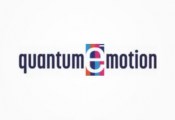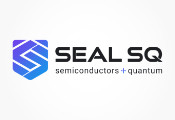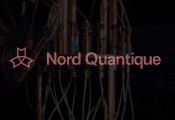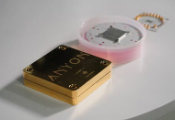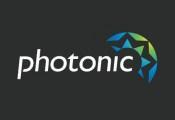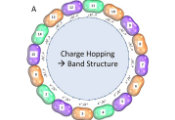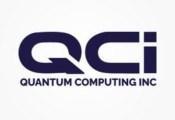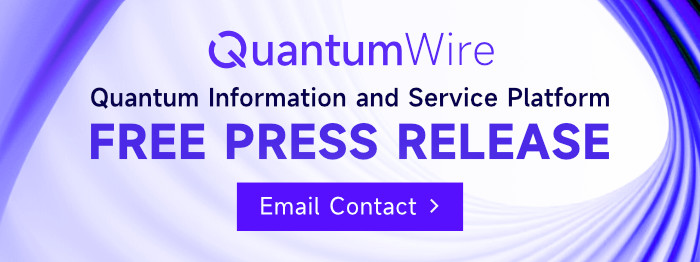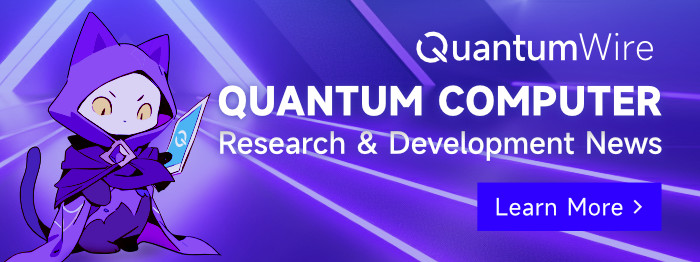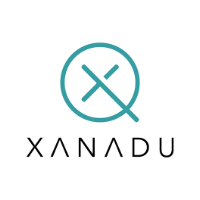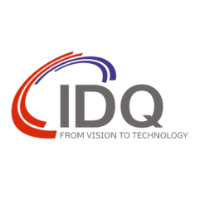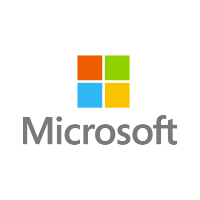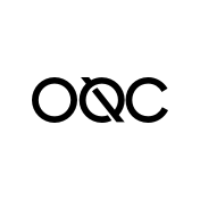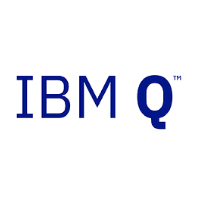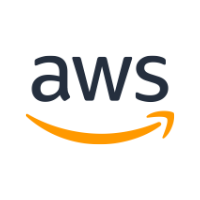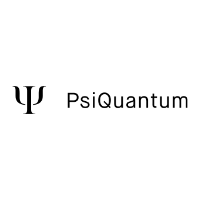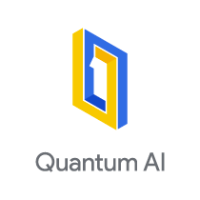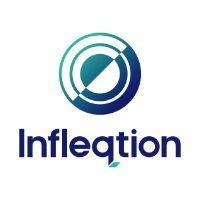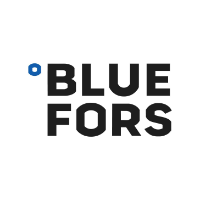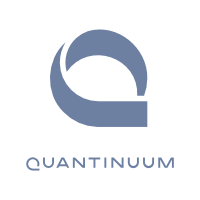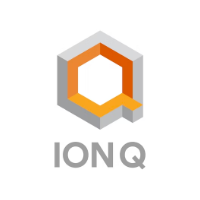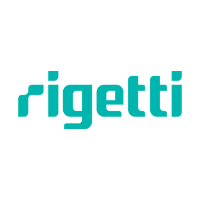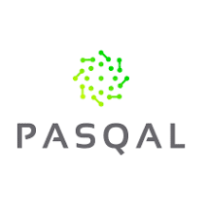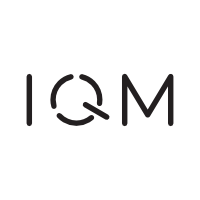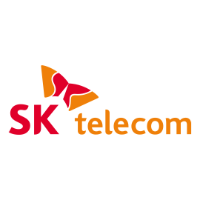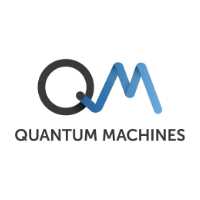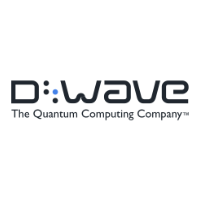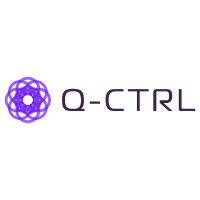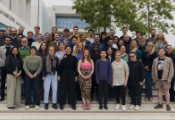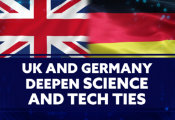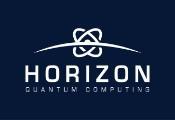Unlocking Photonics Power to ‘Hack’ Medical Diagnostics
October 09, 2025 -- PhotonDelta ecosystem partner, Nostics, is on a mission to develop rapid bacterial identification solutions – using a portable Raman spectrometer. PhotonDelta spoke with Eva Rennen and Isabell Trinh from Nostics about the challenges of current diagnostic methods and the company’s efforts to innovate their technology by partnering with PhotonDelta on a hackathon, involving integrated photonics-focused PhD students from a consortium of Dutch and Japanese universities.
When it comes to hardware innovation, integrated photonics is fast becoming a go-to technology for those looking to future-proof their solutions. In medical diagnostics, where speed and accuracy make a huge difference to patient outcomes, companies like Nostics are exploring integrated photonics’ long-term potential.
Nostics is a Netherlands-based medtech startup and a PhotonDelta ecosystem partner that is committed to effective patient care and health management. The team is currently developing a solution for rapid bacterial identification and detection at the point-of-care, with UTIs (urinary tract infections) as the primary use case.
“What we’re looking to do is streamline diagnostics and treatment. Usually, when you go to the GP you tell them your symptoms and they offer treatment based on what’s observable. They may ask for a urine sample, which can be analysed on-site using a dipstick. While this method may appear effective, it’s often inaccurate, resulting in misdiagnosis.
While lab analysis is more accurate, it takes time. So someone may be prescribed the wrong antibiotics and won’t know this until a few days later when their lab results come back; meaning recovery takes longer.” – Isabell Trinh, Science Communications Specialist, Nostics
The resulting misdiagnosis and unnecessary treatments can increase and prolong patient suffering – and in worst-case scenarios, a mismanaged UTI can lead to renal impairment and even sepsis. This is why a faster, more accurate diagnostic solution is needed.
The Appliance of Science
For the past two years, Nostics has been building an advanced diagnostics platform – combining Raman spectroscopy, nanotechnology, and artificial intelligence – as a means of providing rapid pathogen identification solutions at the point-of-care.
Making these tools smaller, cheaper, and more high-performance continues to be a priority. The team has placed particular emphasis on the development of a Raman spectrometer, which uses laser light to provide a structural fingerprint of small molecules.
Raman spectroscopy is a highly specific method of chemical detection. It’s often used by airport security staff to identify the presence of drugs or explosives. However, the major issue right now is most Raman spectrometers are large and cumbersome. While portable devices exist, they’re expensive. There’s also a problem with sensitivity, as high volumes of a pure molecule are needed to ensure accurate detection. Nostics currently solves this issue using nanotechnology and SERS (surface enhanced Raman spectroscopy) which can amplify a Raman signal up to a billion times.
For these reasons, building a Raman spectrometer on a single photonic chip is an area of significant interest to Nostics.
“Our aim is to further refine our 15 cm x 15 cm design. In the future, using a Raman spectrometer on-a-chip would allow us to make our device even smaller and cheaper – which would make it more accessible too.” – Eva Rennen, Co-founder and COO, Nostics
However, exploring different ways to optimise the spectrometer’s design requires some additional expertise, to fuse effectiveness and accuracy with ease of use and portability. Laser miniaturisation and energy efficiency also continue to be some of the biggest challenges when it comes to devising spectrometry solutions.
So when PhotonDelta approached Nostics with the opportunity to submit a working brief for an upcoming hackathon, in which an international squad of integrated photonics-focused PhD students would devise new ways to configure the spectrometer, the team was keen to participate.
The Brightest Minds Converge
Nostics operates within the integrated photonics ecosystem and sees the technology as an important long-term solution in medtech. The team appreciates the need for continuous innovation and sees PhotonDelta’s International PIC Hackathon as an opportunity to get some fresh, unique ideas.
The hackathon consisted of 18 students from TU Eindhoven and University of Twente in the Netherlands, and Kyoto University in Japan, teaming up to solve some of the integrated photonics industry’s key challenges. Together with Nostics and PhotonDelta, Dexerials – another ecosystem partner – participated too.
In September 2025, these accomplished academics began their collaboration at a launch week held at Eindhoven University of Technology. Divided into six teams of three, each team comprised a member from a different university to ensure broader collaboration. In this first week in Eindhoven, which is regarded as the heart of the European integrated photonics industry, students received lectures, visited Nostics’ facility for a tour and a Q&A, and were guided by the team’s technical experts through workshops and coaching sessions.
Over a period of several weeks, the students continued to collaborate with each other in person, spending a week in Twente and another in Kyoto, and working with Nostics and PhotonDelta to troubleshoot any issues remotely.
“The hackathon is a fascinating way to explore the capabilities of integrated photonics and get some fresh input from those at the cutting edge of this exciting field of technology.
The key criteria for a winning entry are making sure the chip retains a low cost (around €150) and guaranteed laser stability. We’re also looking at solutions that address unforeseen problems, as well as each team’s ability to present their solution clearly.
”We don’t expect this design to be perfect and ready for production. But with a blueprint for what we’re working towards and a better understanding of what is possible with integrated photonics, we’ll have a head start on competitors in the medtech space.” – Isabell Trinh, Science Communications Specialist, Nostics
The final presentations take place in October 2025, with the winning teams showcasing their work at the World Expo in Osaka, as part of the Netherlands presence at the show.
The winning hackathon designs are viewed as a crucial part of the future vision of Nostics’ technology. Showcasing what will be possible in the future demonstrates a commitment to growth and accessible diagnostics.
While there is no immediate plan for direct collaboration with the winning team due to the students’ own projects, the hackathon design will be used for future development and grant applications. This complements Nostics’ diverse development in AI, cartridge development, biology, and product engineering, enabling healthcare professionals to optimise the use of antibiotics and improve health outcomes.

